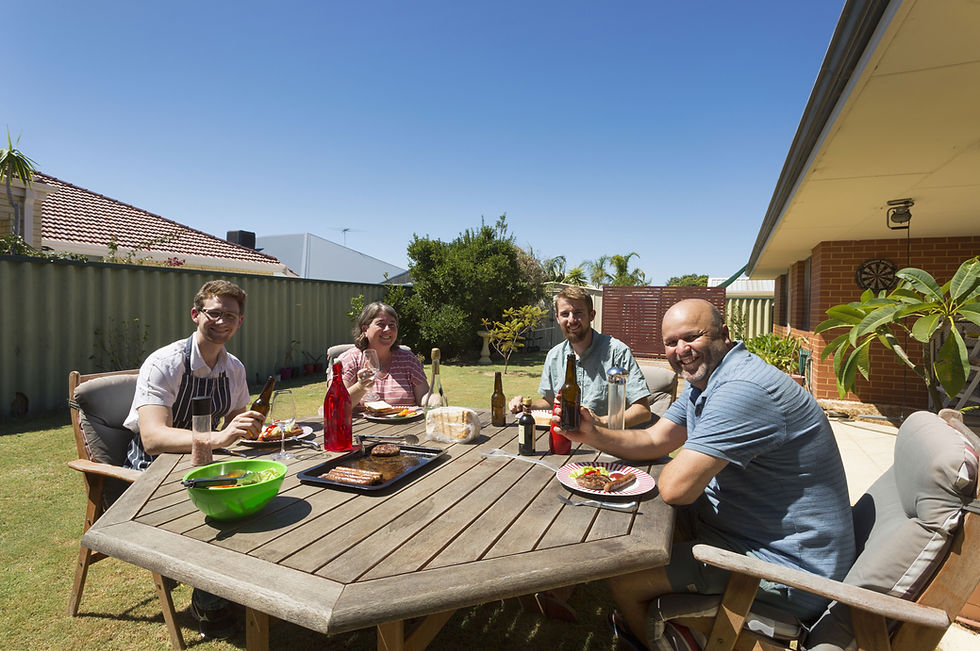Finding and maintaining employment can be challenging for veterans with service-connected disabilities. Fortunately, the Veteran Readiness and Employment (VR&E) program, formerly known as Vocational Rehabilitation and Employment, is here to help. This program, often called Chapter 31, offers a variety of services to assist veterans in exploring job opportunities and addressing their education or training needs. Additionally, certain benefits may extend to family members of veterans.
In this blog post, we will explore the key features of the VR&E program, including who is eligible, what services are provided, and how to apply.
Understanding Eligibility for VR&E
To be eligible for the VR&E program, veterans must have a service-connected disability that limits their ability to work. The Department of Veterans Affairs (VA) reviews applications individually, considering the disability's severity and how it affects employment potential.
Veterans with a disability rating of at least 10% are typically eligible to apply for VR&E services. Moreover, veterans must have received an honorable discharge, excluding those discharged under dishonorable conditions.
It's essential for veterans to gather necessary documentation to support their application. This includes service records, medical evaluations, and any other relevant materials that can boost their case.

Services Offered by VR&E
The VR&E program provides a comprehensive range of services tailored to meet the diverse needs of veterans. Here are a few highlights:
Counseling and Guidance: Veterans receive one-on-one counseling to help them understand their career options and set achievable goals. For example, a veteran interested in engineering may receive guidance on the educational path required to enter this field.
Education and Training: The program funds various educational opportunities, including college degrees, vocational training, and apprenticeships. For instance, veterans can receive up to $20,235 for graduate education or vocational training, depending on their individual needs.
Job Placement Assistance: VR&E specialists assist veterans in finding job openings that match their skills. They also help with resume writing and interview preparation. In fact, reports show that 85% of veterans who participated in the VR&E program benefited from these services, significantly improving their chances of securing employment.
Supportive Services: Beyond the main services, veterans can receive help with transportation, work tools, and resources necessary for employment. For example, a veteran who needs specialized equipment for their job may receive financial assistance for that purchase.
Family Member Benefits: In certain cases, family members of veterans can qualify for benefits to access educational and training resources, expanding opportunities for the whole family.
How to Apply for VR&E Services
Navigating the VR&E application process is manageable but requires attention to detail. Here’s a straightforward approach:
Gather Documentation: Collect important documents including service records and medical evaluations to support your application.
Complete the Application: Veterans can submit their applications online through the VA's website or at a local VA office. This will involve detailing the service-connected disability and employment history.
Attend an Initial Evaluation: After application submission, veterans will have an initial meeting with a VR&E counselor to determine eligibility and discuss services.
Develop a Personal Plan: If eligible, veterans will collaborate with their counselors to create a tailored plan outlining necessary services to meet career goals.
Participate Actively: Engage actively in the program and utilize all available resources to maximize the benefits of the VR&E program.
Inspiring Success Stories
The VR&E program has helped countless veterans transition into rewarding careers. For example, a veteran applied for assistance due to mobility challenges after an injury sustained during service. With VR&E support, they completed a degree in computer science and landed a job as a software developer, fulfilling a long-held dream. This story reflects how the program can change lives and help veterans achieve their aspirations.
Additional Resources for Veterans
Alongside the VR&E program, various organizations provide valuable resources for veterans. Groups such as the American Legion and Disabled American Veterans (DAV) offer assistance, including job fairs and career counseling. Additionally, local workforce development agencies often have programs tailored specifically for veterans.
Connecting with other veterans who have faced similar challenges can also be beneficial. Networking can create opportunities and provide emotional support throughout the job search process.
Moving Forward with Confidence
The Veteran Readiness and Employment program is a critical resource for veterans with service-connected disabilities aiming to enhance their job prospects and achieve their career goals. By providing personalized support, educational funding, and job placement assistance, VR&E empowers veterans to overcome barriers and thrive in the workforce.
If you or someone you know is a veteran facing challenges due to a service-connected disability, consider exploring VR&E benefits. With the right tools and resources, a fulfilling career is within reach.







